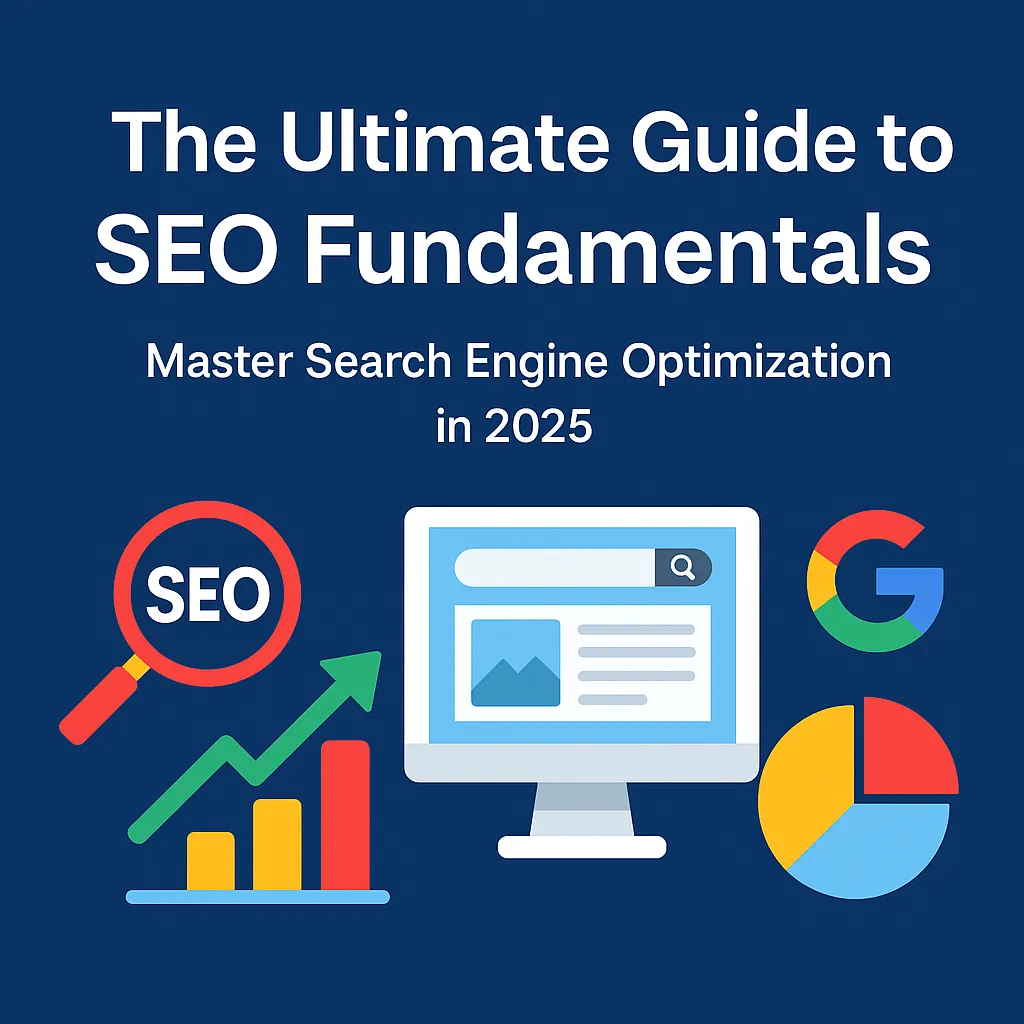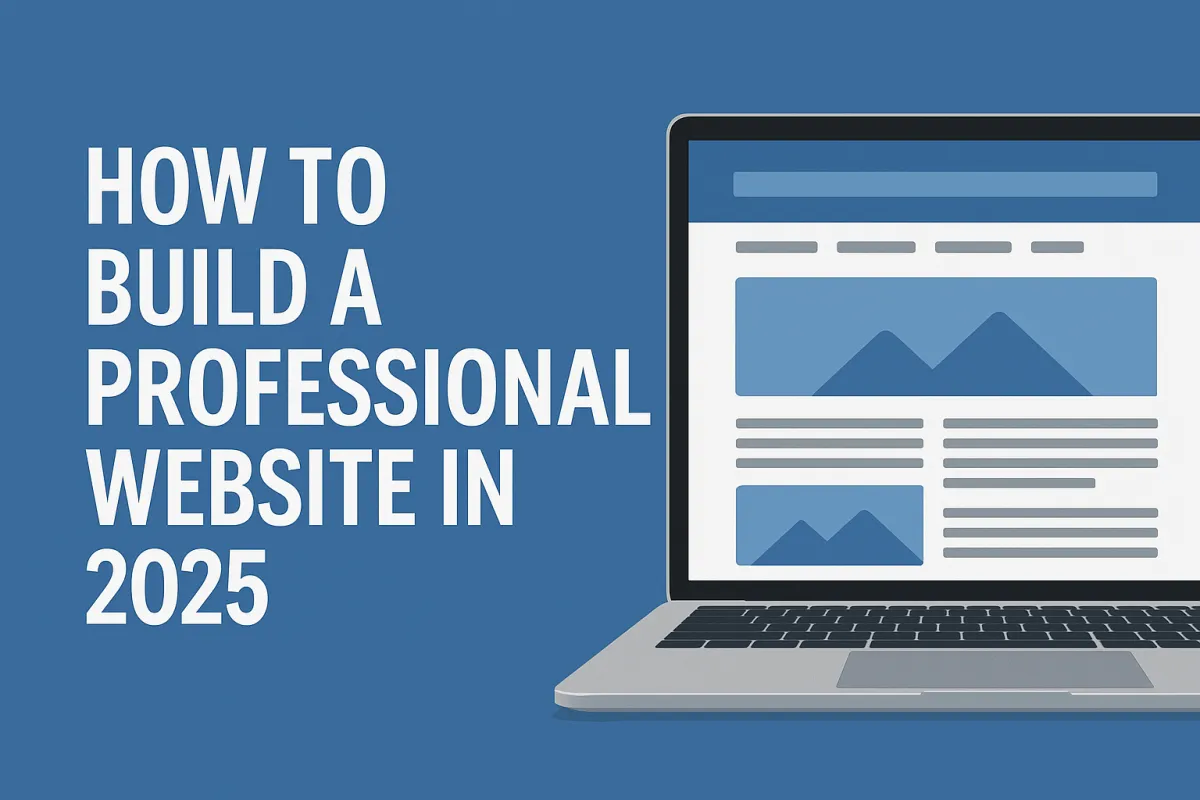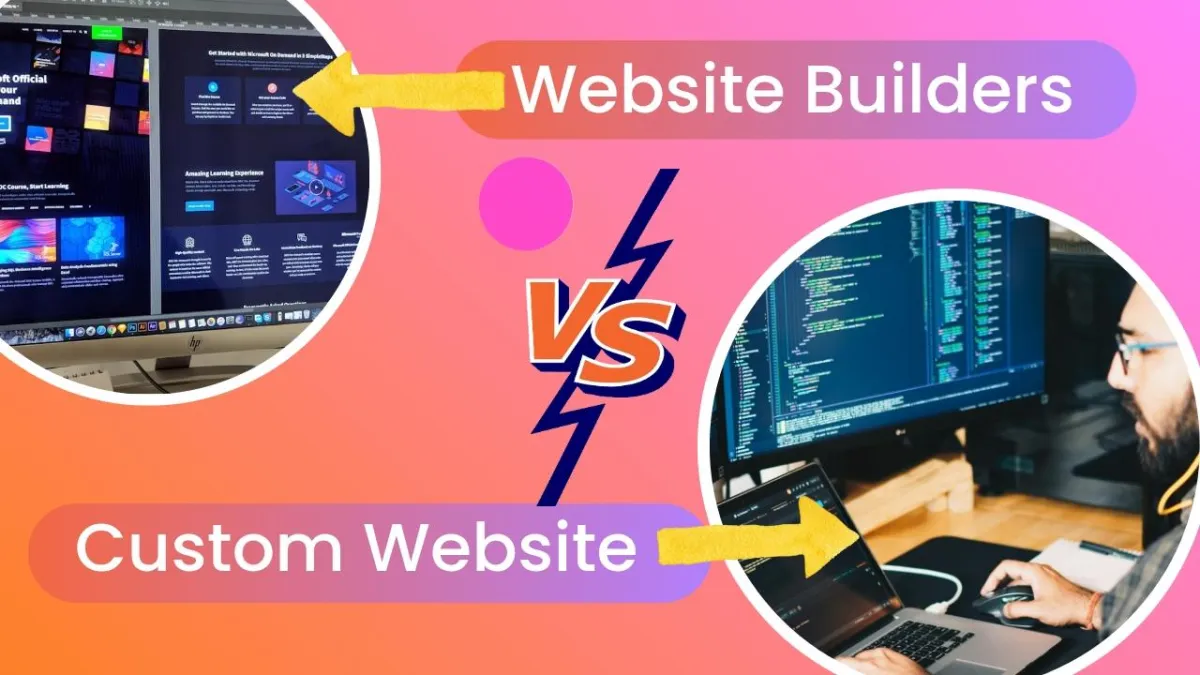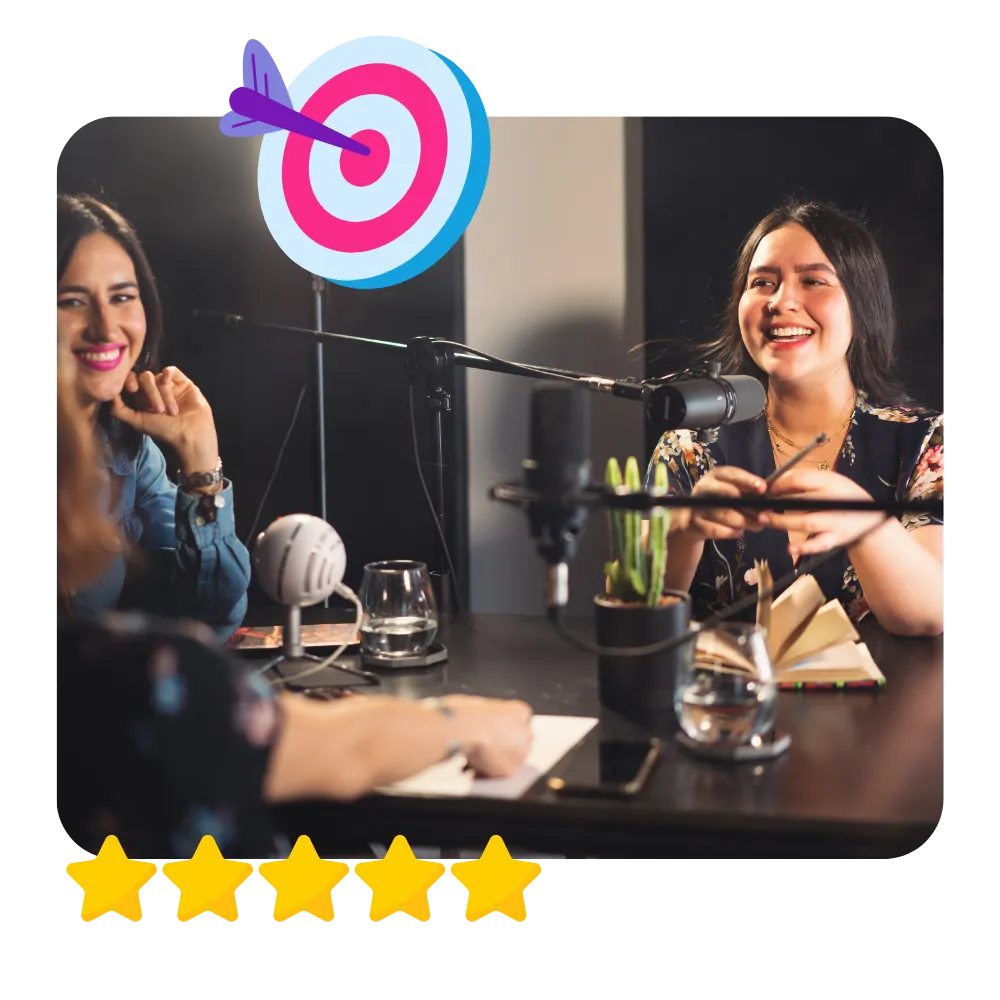
SEO Essentials: Making Your Website Search-Friendly
SEO Essentials: Making Your Website Search-Friendly
Introduction
You’ve built a website for your small business—now what? Simply having a website isn’t enough. If people can’t find it, it’s like having a billboard in the middle of the desert—it exists, but no one sees it. That’s where SEO (Search Engine Optimization) comes in.
SEO helps your website rank higher on Google, so when potential customers search for businesses like yours, they find you instead of your competitors. In fact, studies show that 75% of users never scroll past the first page of search results.
In this guide, we’ll cover essential SEO strategies for small businesses, including keyword research, on-page SEO, and local SEO tips to ensure your website is search-friendly and drives more traffic.
What is SEO and Why Does It Matter?
SEO is the practice of optimizing your website to increase its visibility on search engines like Google. The better your SEO, the higher your website ranks, and the more potential customers you attract.
Why SEO is Crucial for Small Businesses:
✅ More Visibility – Appear on Google’s first page for relevant searches.
✅ Increased Website Traffic – More visitors mean more leads and sales.
✅ Better Credibility & Trust – Customers trust businesses that rank higher.
✅ Cost-Effective Marketing – Unlike paid ads, organic SEO traffic is free and sustainable.
💡 SEO Fact: Google processes 8.5 billion searches per day. If your website isn’t optimized, you’re missing out on potential customers!
1. Keyword Research: Finding the Right Words to Rank For
Keyword research is the foundation of SEO. It helps you identify what terms potential customers are searching for.
How to Find the Best Keywords for Your Business:
🔹 Use Google Autocomplete – Start typing your service (e.g., "best plumber in...") and see what Google suggests.
🔹 Try Free Keyword Tools – Use Google Keyword Planner, Ubersuggest, or Ahrefs Free Keyword Tool.
🔹 Check Competitor Websites – Analyze what keywords your competitors are ranking for.
🔹 Focus on Long-Tail Keywords – Instead of just "bakery," try "best gluten-free bakery in Chicago."
💡 SEO Tip: Use a mix of short and long-tail keywords to attract both high-volume and targeted traffic.
2. On-Page SEO: Optimizing Your Website for Search Engines
Once you have the right keywords, it’s time to optimize your website pages to help search engines understand your content.
Essential On-Page SEO Elements:
✅ Title Tags – Each page should have a clear, keyword-rich title (e.g., "Affordable Web Design for Small Businesses").
✅ Meta Descriptions – A short summary (under 160 characters) of your page to encourage clicks.
✅ Header Tags (H1, H2, H3) – Structure content with headings for better readability and SEO.
✅ Keyword Placement – Naturally include keywords in the title, URL, headings, and body text.
✅ Image Optimization – Use descriptive file names and alt text to help Google index your images.
✅ Internal Linking – Link to related content within your site to boost SEO and improve user experience.
💡 SEO Tip: Avoid keyword stuffing. Google penalizes websites that force keywords unnaturally.
3. Local SEO: Ranking in Your City or Region
If you run a local business, Local SEO helps you appear in Google’s “Local Pack” (the top 3 map listings).
How to Improve Your Local SEO:
🔹 Claim & Optimize Your Google Business Profile – Add your business name, address, phone number (NAP), and operating hours.
🔹 Get Customer Reviews – Businesses with more 5-star reviews rank higher.
🔹 Use Location-Based Keywords – Example: Instead of "plumbing services," use "best plumbing services in Miami."
🔹 Submit to Online Directories – List your business on Yelp, Yellow Pages, and Bing Places.
🔹 Add a Location Page to Your Website – If you serve multiple areas, create city-specific pages.
💡 SEO Fact: 46% of all Google searches are looking for local information. If you’re not optimizing for local SEO, your competitors will rank higher than you.
4. Mobile Optimization: Making Your Website Mobile-Friendly
Google prioritizes mobile-friendly websites in search rankings. If your website isn’t mobile-friendly, you could be losing visitors and potential customers.
How to Optimize for Mobile SEO:
✅ Use a Responsive Design – Your website should adapt to all screen sizes.
✅ Improve Page Speed – Slow websites lead to higher bounce rates. Use Google PageSpeed Insights to test your site’s speed.
✅ Optimize Images – Compress images so they load faster without losing quality.
✅ Simplify Navigation – Ensure buttons and menus are easy to use on small screens.
✅ Enable Click-to-Call – Let mobile users call you directly with one tap.
💡 SEO Tip: 50% of web traffic comes from mobile devices. If your site isn’t mobile-friendly, Google will rank it lower.
5. Measuring SEO Success: How to Track Your Progress
SEO is an ongoing process, so it’s important to track your results and make improvements.
Best SEO Tracking Tools:
🔹 Google Analytics – See how many visitors come to your site and what pages they view.
🔹 Google Search Console – Track your search rankings, keyword performance, and website errors.
🔹 SEMrush or Ahrefs – Monitor keyword rankings and competitor analysis.
🔹 Moz Local – Check your local SEO performance.
💡 SEO Tip: Set up monthly SEO reports to see what’s working and adjust your strategy accordingly.
FAQs About Small Business SEO
❓ How long does SEO take to show results?
💡 SEO is a long-term strategy. Most businesses start seeing results within 3-6 months.
❓ Can I do SEO myself, or do I need an expert?
💡 Basic SEO can be done yourself, but for long-term success, hiring an expert can help optimize results faster.
❓ Is SEO better than paid ads?
💡 Both have benefits. SEO provides free, long-term traffic, while Google Ads can get instant visibility.
❓ How often should I update my website for SEO?
💡 Regular updates (new blog posts, fresh content, and keyword improvements) help maintain rankings.
Conclusion & Next Steps
SEO isn’t just an option—it’s a necessity for any small business wanting to compete online. By following these keyword research, on-page SEO, and local SEO tips, you’ll improve your website’s search visibility and attract more customers.
🚀 Need help optimizing your website for SEO?
👉 Contact us today for an SEO consultation and let’s get your business ranking higher on Google!
💡 Next in our blog series: Stay tuned for our next post, where we’ll cover "Content Marketing Strategies: How to Write Blog Posts That Drive Traffic."






